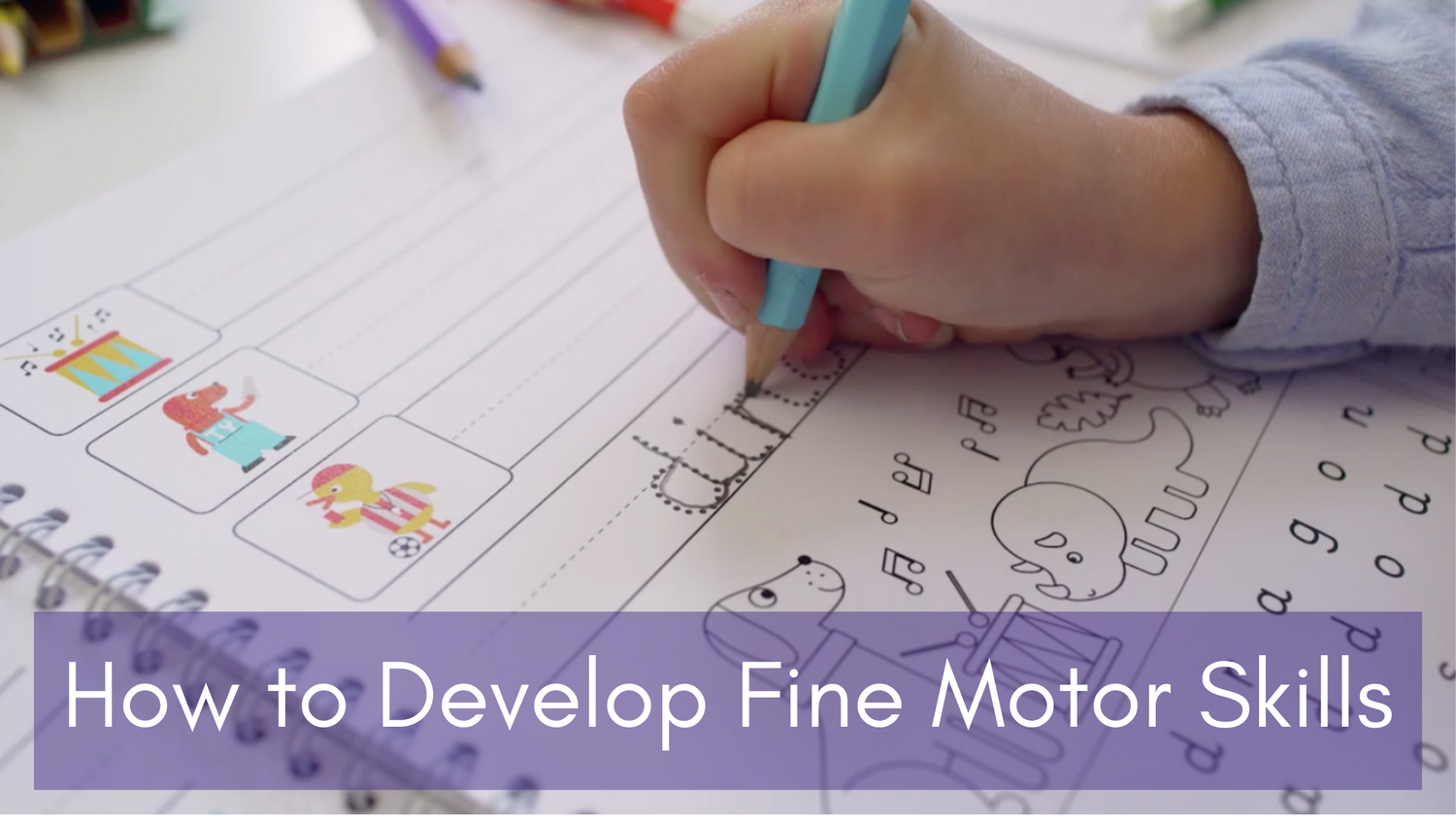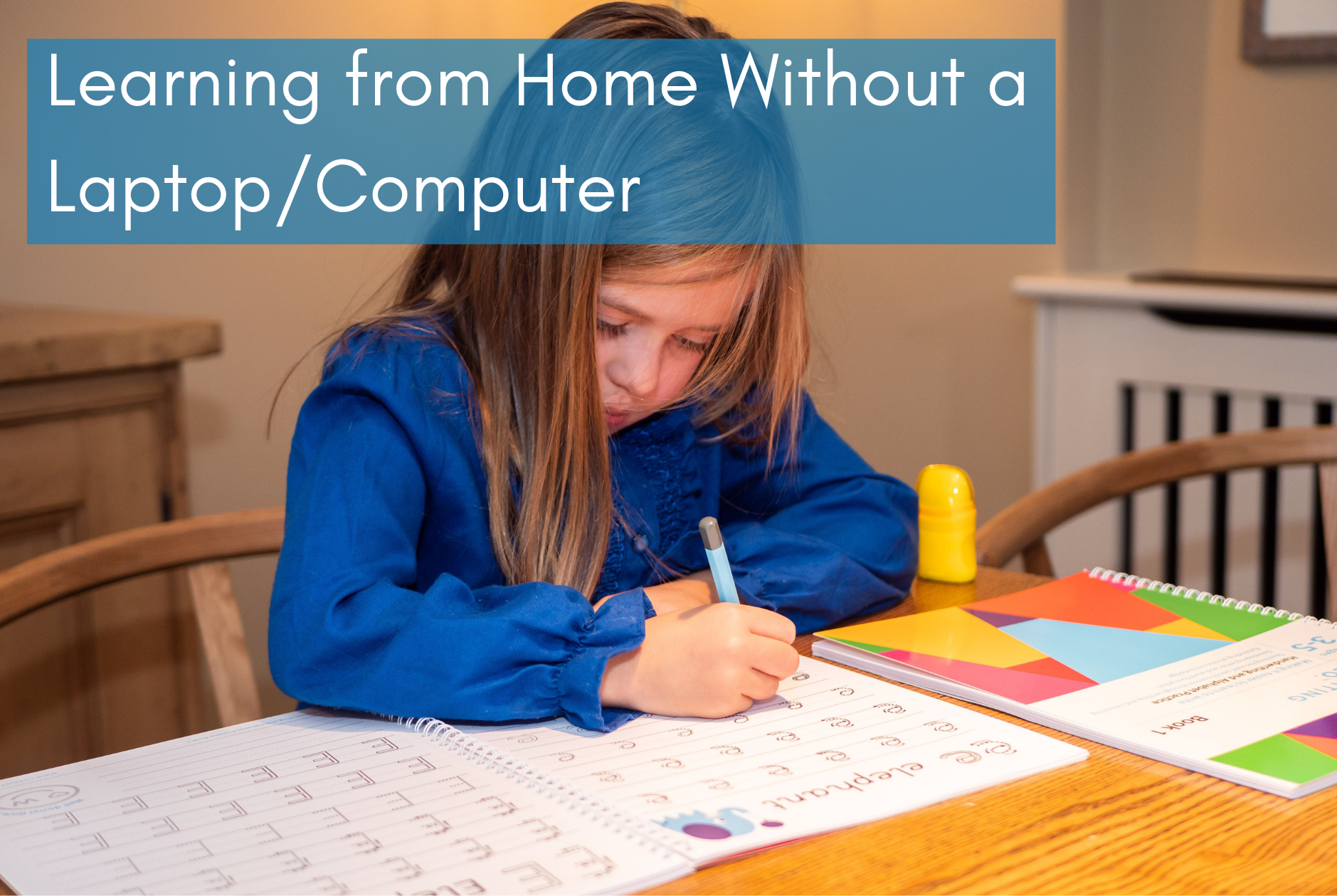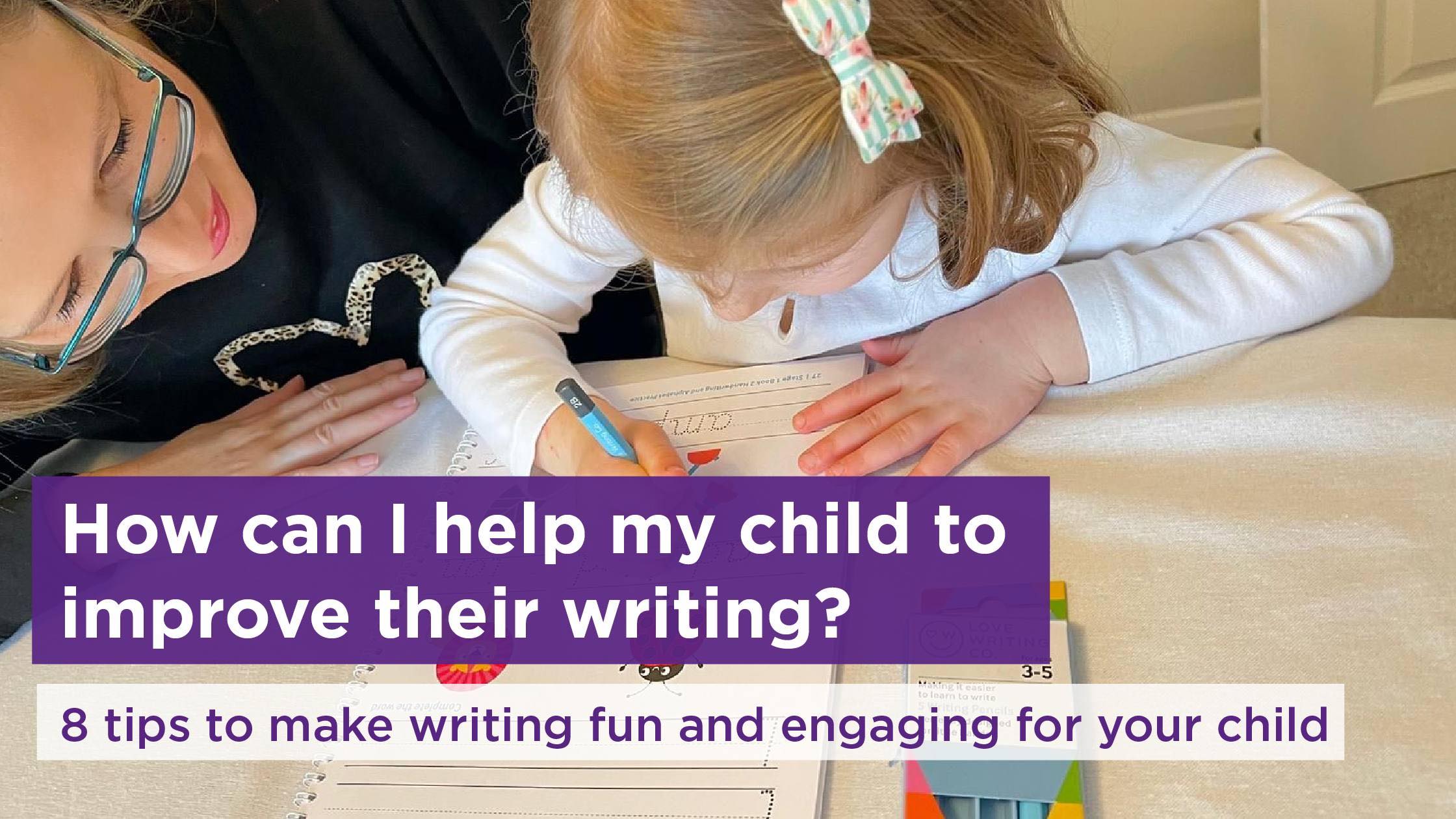What are fine motor skills?
Fine motor skills involve the coordination of small muscles with the eyes, enabling functions such as writing, grasping small objects and fastening clothing which all involve strength and dexterity.
These skills are important for school work, playtime, as well as general self care. Without the ability to complete these tasks, a child’s confidence can suffer, their academic performance is compromised and their play options limited.
How do fine motor skills develop?
As young children grow, they develop the ability to control their body. They begin by developing large muscle coordination like crawling which are gross motor skills. Then they begin to master more precise movements like speaking clearly and writing which are fine motor skills.
An infant will initially hold objects within the palm of their hands grasping using the fingers. The development of grasp is influenced by a child’s growing interest in objects and desire to hold them. It’s important to note children develop at different rates, but there are milestones generally met at certain ages, for example, at ages 5 or 6, children can generally use a fork and spoon with control.
How to improve fine motor skills?
There are so many ways children can develop motor skills and, as always, to keep children engaged there needs to be variety. Here are just a few fun ways you can help develop your child's fine motor skills through creative play.
Play-dough: tactile play with materials like play-dough is a great way for kids to experiment and build fine motor skills. To make this even more interesting and further develop motor skills, you could make the play-dough with your child before they play with it using this recipe.
Puzzles: picking up and moving puzzle pieces into place helps develop the pincer grasp whilst developing a child's problem solving skills and hand-eye coordination.
Drawing, colouring and painting: along with developing their imagination, using different types of mediums, like crayons, chalk, finger paints, brush painting or charcoal all spark children's interest and are sensory activities which allow them to feel how different movements alter the colours on the page.

Bath time play: use plastic cups to fill and pour out water, clean sponges or squeaky rubber toys to squeeze and encourage connections between auditory and visual signals and fine motor skills. Check out some great suggestions for bath toys which encourage motor skill development here.
For school-aged children: board games with small pieces and parts to pick up and move are ideal for developing motor skills, as well as Jenga which, whilst allowing children to problem solve and use strategy, also develops fine motor skills that focus on the pincer grip, also used in writing.
Handwriting
Handwriting is one of the best ways to develop and harness fine motor skills. As well as small muscles like the fingers, larger muscles and postural stability are needed when children begin learning to write.
Like drawing, handwriting activates senses by physically pressing the pencil on paper, seeing the letters form their shape as you write and hearing the sound you make while writing.
A significant fine motor skill for handwriting is good in-hand manipulation, the skill of picking up an item and being able to move it around in your hand which involves the coordination of the visual signals with movements of the hands and fingers.
If your child isn’t quite ready to start using pencil on paper, try preparing them with big movements, like using chalk on the pavement, painting with water, mark making in flour or sand, and creating letters in play dough. Greeting cards and writing activities are also a fun and creative way to engage children in writing practice.
Having the right tools:
If you notice your child struggles to complete handwritten homework or write their name, then one way to help is by providing a pencil they can hold comfortably and fits their hand properly. One of the best ways to improve fine motor skills is by making it easier and comfortable for children to learn to use them. Our Love Writing Co. pencils are specially designed to be easier to balance and control, enabling children to develop their tripod grip and fine motor skills more comfortably and at a faster rate conventional pencils.
Shop 10% off the collection






4 comments
Kidskastle
This blog wonderfully highlights the role of fine motor skills in early learning—insightful and helpful for supporting children’s development at home.
Kids Castle
This blog beautifully explains how fine motor skills impact early learning. A must-read for parents and educators supporting child development!
Kidskastle
Fine motor skills are essential for early development. This blog highlights their importance beautifully. Great insights on helping kids build these crucial skills
kidscastle
This is a fantastic post highlighting the importance of fine motor skills in early childhood development. I appreciate how you’ve clearly explained the connection between these skills and a child’s ability to succeed in tasks like writing. The suggestions for parents and educators to encourage fine motor activities are both practical and thoughtful. Thank you for sharing such valuable information.
Leave a comment
All comments are moderated before being published.
This site is protected by hCaptcha and the hCaptcha Privacy Policy and Terms of Service apply.